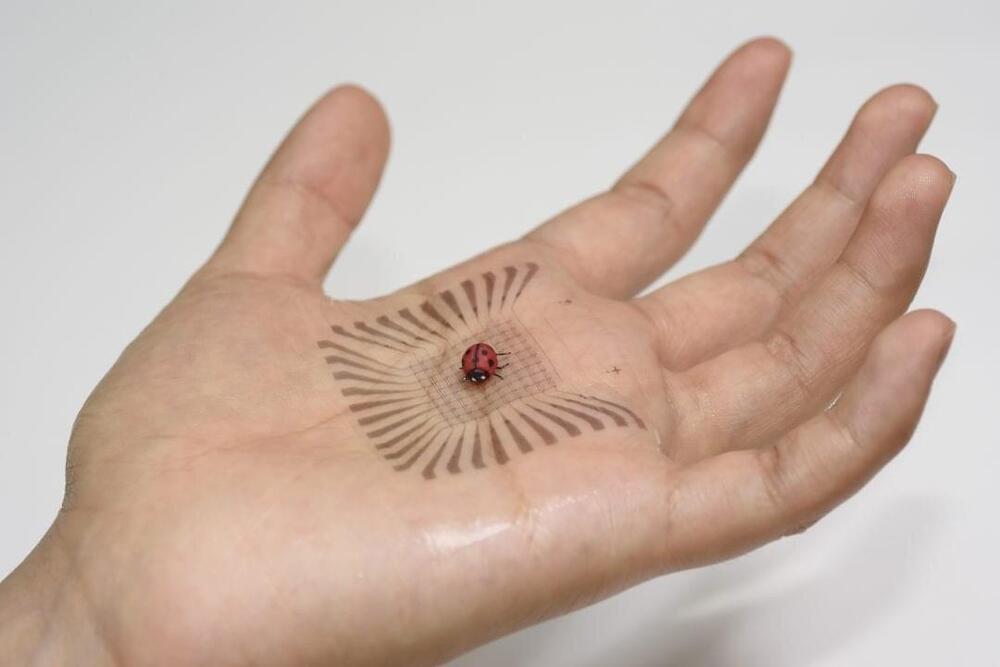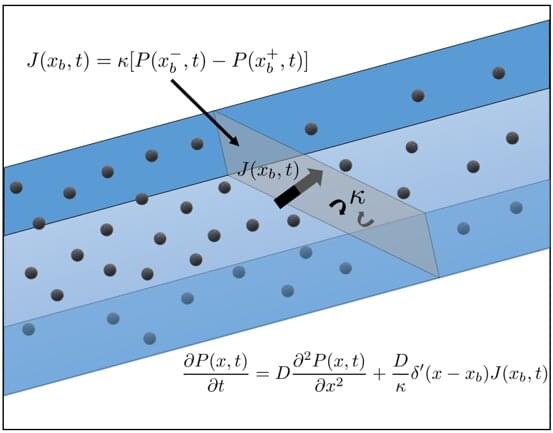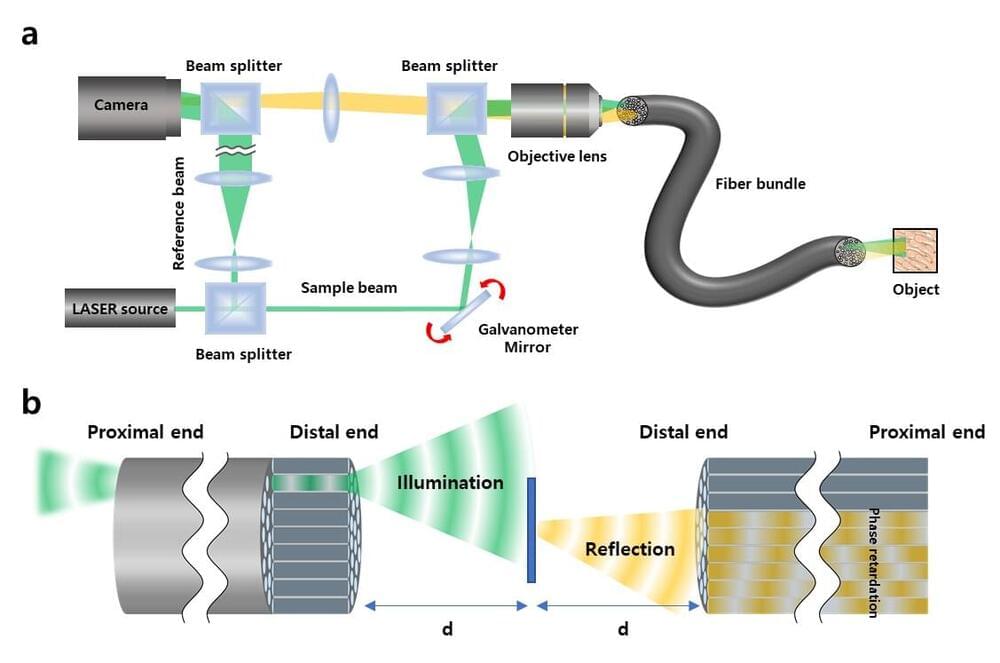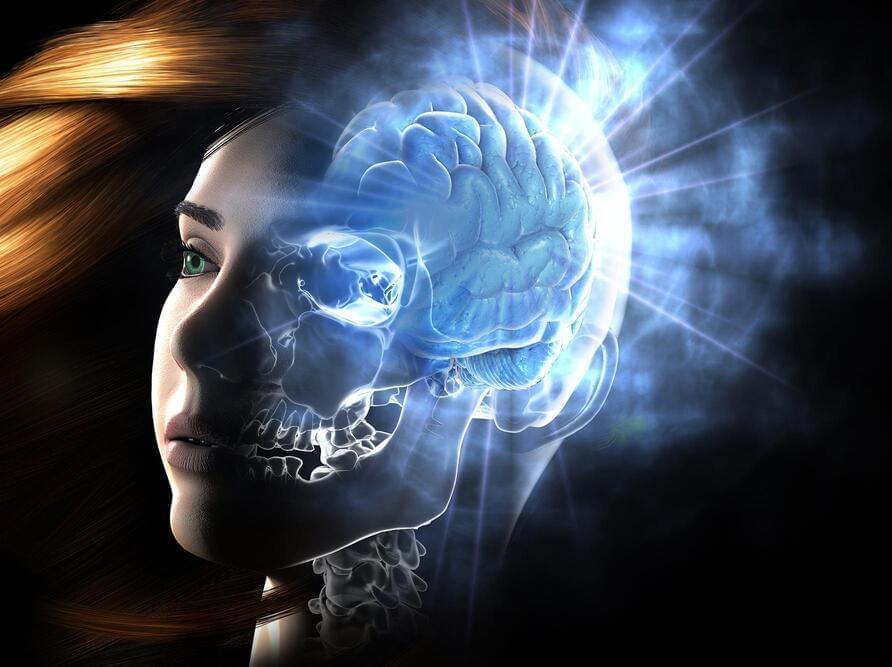Sep 10, 2022
Researchers Discover a Gene That Makes Your Muscles Significantly Stronger
Posted by Paul Battista in category: health
Researchers have discovered a gene that increases muscle strength when activated by exercise, opening the door to the creation of therapeutic treatments that replicate some of the benefits of working out.
The University of Melbourne-led research, which was published in Cell Metabolism, demonstrated how various forms of exercise alter the molecules in our muscles and led to the identification of the new C18ORF25 gene, which is activated by all forms of exercise and is responsible for enhancing muscle strength. Animals lacking C18ORF25 have weaker muscles and worse exercise performance.
Dr. Benjamin Parker, project leader, said that by activating the C18ORF25 gene, the research team could observe muscles grow significantly stronger without necessarily becoming larger.

















